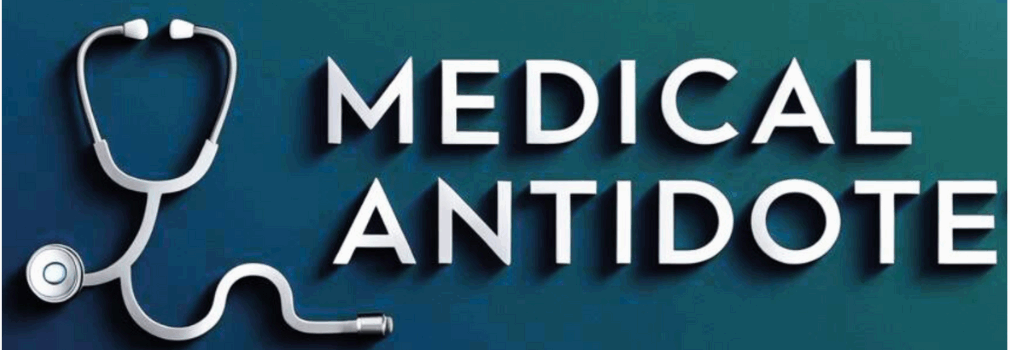Last updated on June 20th, 2024 at 01:50 pm
What medicine can you use in emergency treatment for angina? Angina is a common symptom of coronary artery disease, often described as chest pain or discomfort due to reduced blood flow to the heart muscle. It comes in two primary forms: stable and unstable angina.
While stable angina is predictable and typically manageable with medication and lifestyle changes, unstable angina is a medical emergency that requires immediate attention. Here I will provide a comprehensive overview of emergency treatment for both stable and unstable angina, including medications, interventions, and when you should seek medical help.
Stable Angina: Overview and Management
Have you ever experienced burnout or fainted during an extreme physical exercise or activity that you later recovered from without hospitalization? This was because of stable angina. Stable angina, also known as effort angina, occurs when the heart experiences an increased demand for oxygen, such as during extreme physical activity or emotional stress. The chest pain or discomfort is usually predictable and can be relieved with rest or over-the-counter angina medication. Here are the essential steps for managing stable angina:
- Nitroglycerin: Nitroglycerin is the primary medication that can be used to relieve your angina symptoms. It works by relaxing your blood vessels, which in turn reduces the heart’s workload and increases the oxygen supply to your heart. Patients with stable angina are typically prescribed nitroglycerin tablets or sprays to use as needed.
- Rest and Relaxation: If you experience chest pain due to stable angina, immediately stop any physical activity, sit down, and rest. This will help reduce the heart’s oxygen demand and relieve symptoms.
- Aspirin: Taking a low-dose aspirin (if not contraindicated) can help prevent blood clots that could worsen angina.
- Lifestyle Modifications: Managing stable angina also involves making long-term lifestyle changes, such as quitting smoking, following a heart-healthy diet, maintaining a healthy weight, and managing stress. Regular exercise is encouraged, but it should be done under the guidance of a healthcare professional.
Unstable Angina: Recognizing the Severity
Unlike stable angina, unstable angina is unpredictable and can occur at rest, with increasing frequency, or with less exertion. It is a sign of an impending heart attack and requires immediate medical attention. Key signs and symptoms of unstable angina include:
- Chest pain that occurs at rest or with minimal exertion.
- More severe and prolonged pain than typical angina.
- Pain that is not relieved by nitroglycerin.
- New-onset angina or a change in angina pattern.
Emergency Treatment for Unstable Angina
Unstable angina is a medical emergency. When you or someone you know experiences unstable angina, follow these critical steps:
- Make an emergency call or Seek Emergency Care: Do not hesitate to call for emergency assistance. Time is of the essence. Emergency medical personnel can provide advanced care and transport the patient to the hospital.
- Chew aspirin if it is prescribed for you: If you have not taken aspirin before or if it is not contraindicated, chewing a full-strength aspirin can help reduce the risk of blood clots and improve blood flow to the heart.
- Take Nitroglycerin as per doctor’s prescription: Use nitroglycerin as prescribed by a healthcare professional. While it may not relieve symptoms of unstable angina, it can help reduce the workload on the heart and improve oxygen supply.
- Hospital Evaluation: Once in the hospital, the patient will undergo various tests and treatments. These may include electrocardiograms (ECG or EKG), blood tests, imaging tests (like coronary angiography), and medication adjustments.
- Coronary Interventions: In some cases, patients with unstable angina may require emergency coronary interventions such as angioplasty and stent placement to restore blood flow to the heart.
Please Note!
Angina is a common symptom of coronary artery disease and can be stable or unstable. While stable angina can often be managed through medication, rest, and lifestyle changes, unstable angina is a medical emergency that requires immediate attention. Recognizing the severity of angina symptoms, taking aspirin, calling for emergency assistance, and seeking prompt medical care are essential steps in treating unstable angina.
Managing both forms of angina involves medication, lifestyle modifications, and regular follow-up with a healthcare provider. By understanding the differences between stable and unstable angina and taking appropriate actions when necessary, individuals can reduce the risk of complications and improve their heart health. Always consult with a healthcare professional for personalized guidance and management of angina symptoms.





Your point of view caught my eye and was very interesting. Thanks. I have a question for you.
yes you can ask